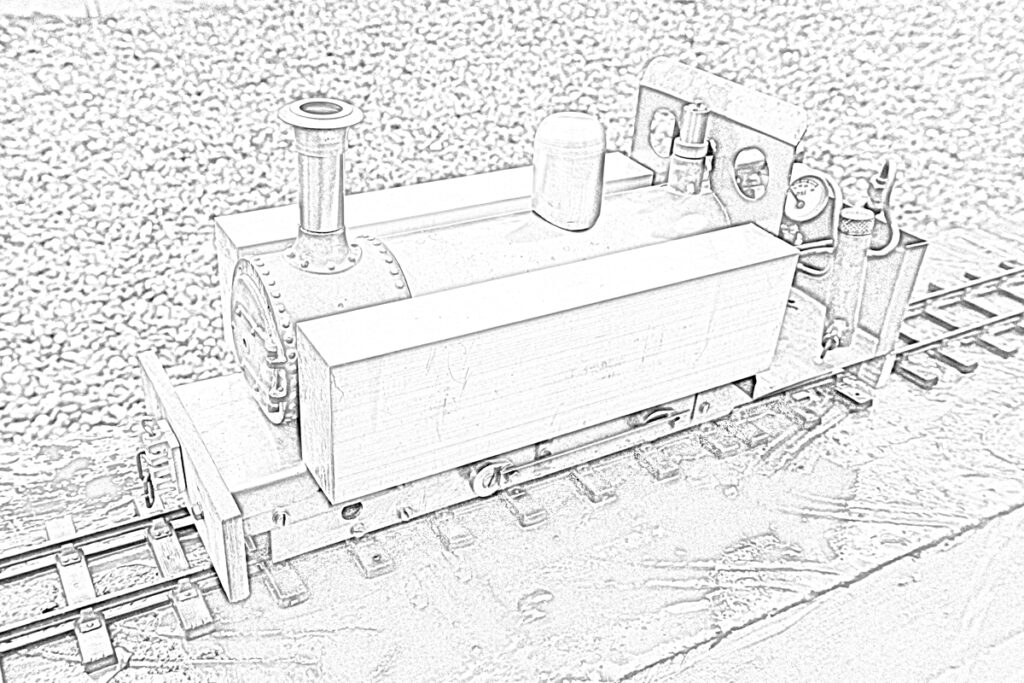A list of locomotive power (past, present & future) on the Oaken Bank Railway, and its predecessor the West Riding Lines
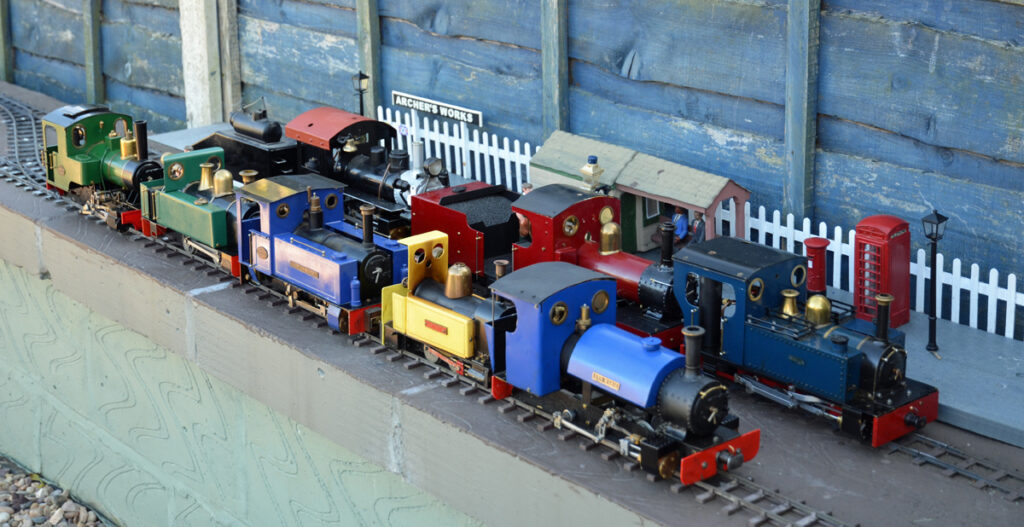
No. 1 – battery/electric
No 1 was my first ever garden railway item – built using kitchen table technology in 1998, using a motor and worm gears found in the scrap box. As the mainstay of early motive power, over use led to the gears wearing out (they were very fine, more suited to an indoor 00-gauge loco). Engine rebuilt/rebodied in 2004, and painted a ‘tasteful’ maroon colour (the first spray can that came to hand), and fitted with meccano gears, it now growls its way arount the OBR as the track-clearing loco as the first run of the day. Powered by a 12v lead-acid battery.
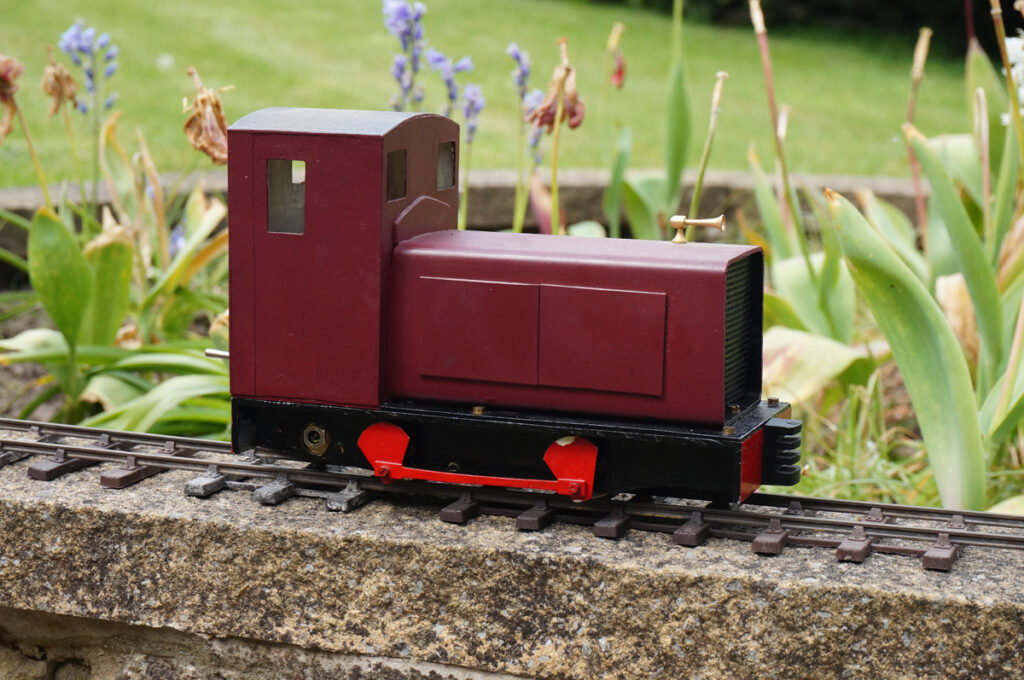
Ann Marie
Built 1999 from Roundhouse ‘Lady Anne’ boiler and chassis kits, with homemade bodywork, sprayed with a tin of ‘Datsun blue’ paint I happened to have around. A fine and reliable performer, which has never let me down. This loco was the start of a policy of sourcing locos/components mainly from Doncaster.
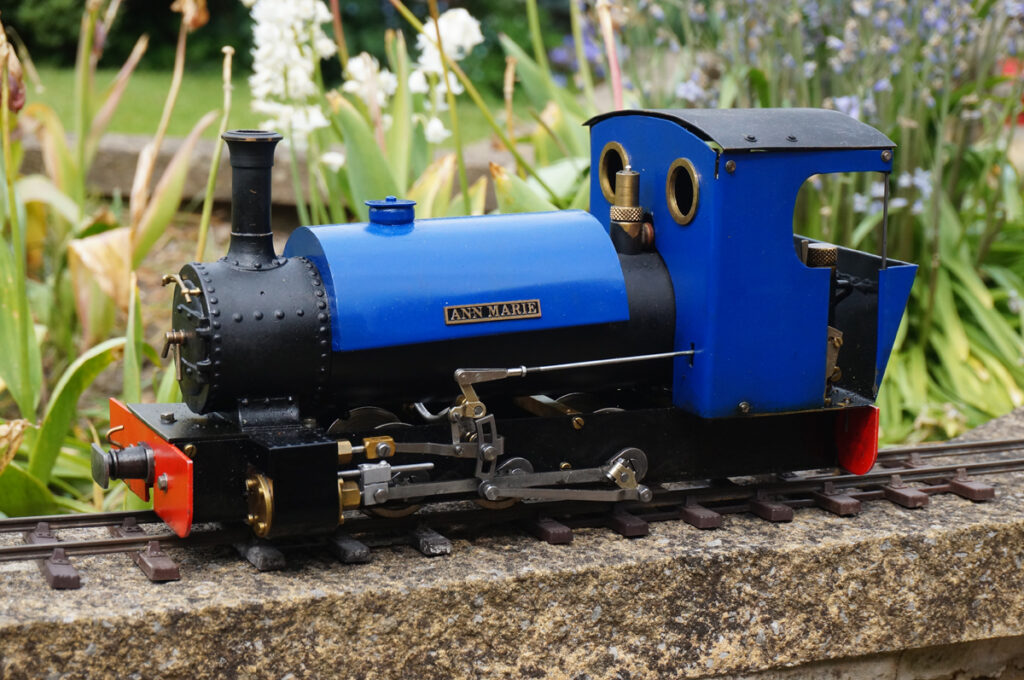
Forward!
Purchased secondhand in 1999. The original gas tank was a real pain to fill, so was replaced with a Roundhouse item. Then the (copper) main steam pipe failed, so that was replaced with a stainless steel one. I never really got on with the Osmotor that powered it, so that was replaced with a similar item from another manufacturer. However, that unit itself (although better than the original) was far from satisfactory, so after much attention in the workshops it was decided to do what should have been done in the first place, i.e. to use a pair of proper Roundhouse cylinders, with home-made valve gear. As so rebuilt, it was powerful for short runs, but ran out of steam quickly. So the burner was replaced with a Roundhouse one, and the engine was at last fit for purpose…
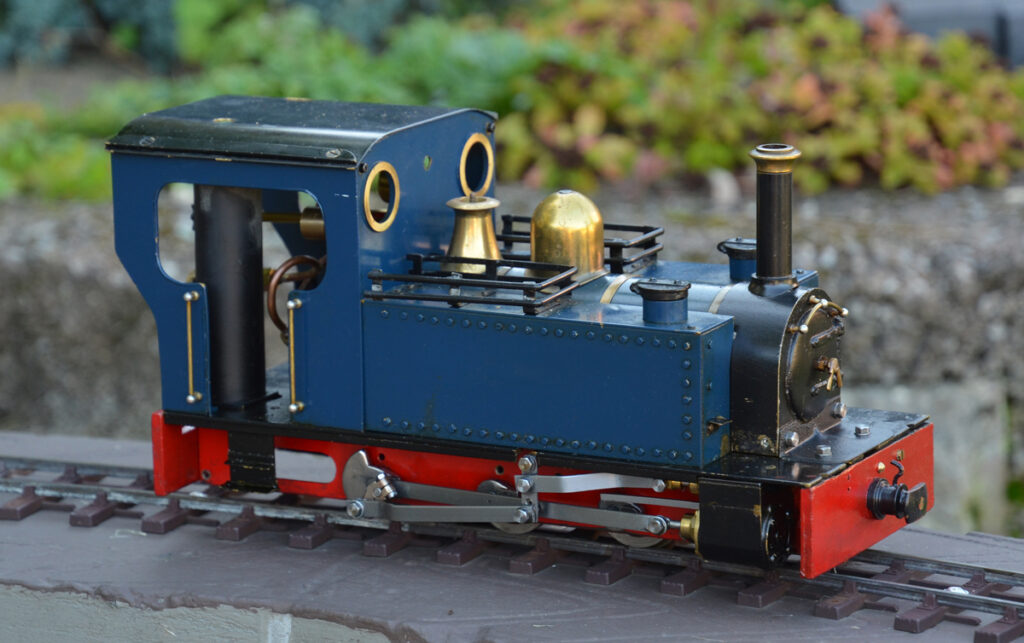
Darwin
Built in 2000 as an 0-4-2, using a Roundhouse Billy chassis kit and Lady Anne boiler. As such it was a fine steamer, but a bit track sensitive. It was rebuilt as an 0-4-0 in 2008, and is a very fine performer indeed, capable of hauling prodigious loads at unrealistic speeds.
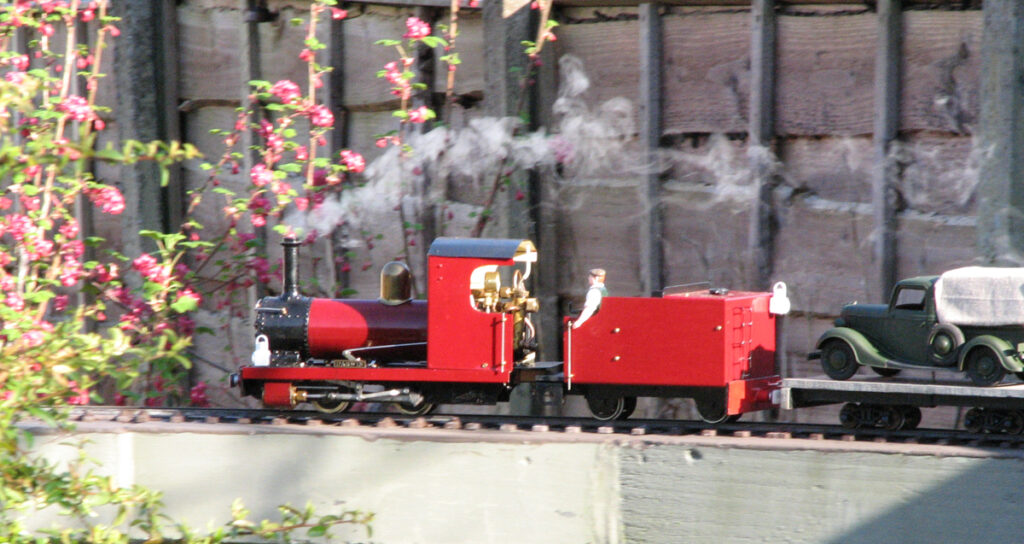
Horace
A virtually standard Roundhouse Millie, bought new in 2000. A strong performer, in the best Roundhouse traditions.
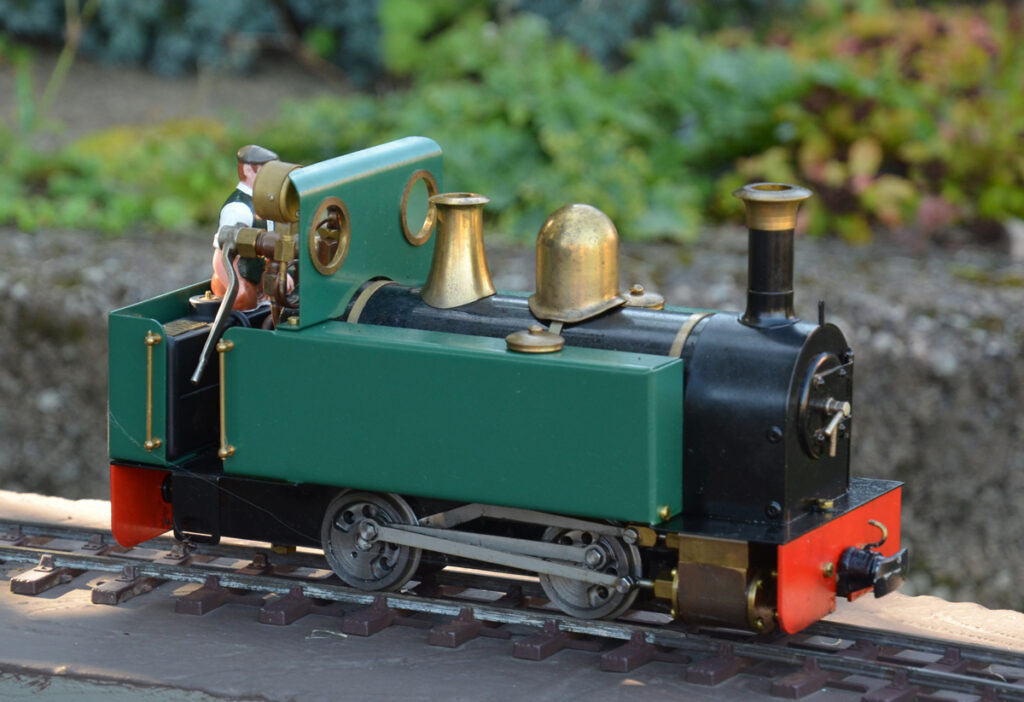
Invicta
Originally conceived in 1999, Invicta started life as a geared tram loco, gas fired pot-boiler, powered by a single Roundhouse cylinder (mounted vertically), with gears and chain drive from meccano. Since inception, it has become internally gas-fired, the gears have been replaced with somthing more beefier, and the cylinder is now mounted horizontally above the boiler. Trials are still ongoing…
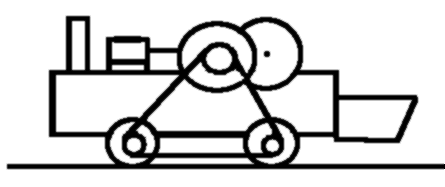
No. 7
Acquired as an incomplete non-runner in 2001, no. 7 initially proved to be an unlucky number. After new bodywork, batteries, motors etc., no. 7 then disgraced itself by failing with a jammed gearbox. However, a new motor and gearbox assembly (from ebay) has transformed it into a very useful (if slow) engine, that will pull just about anything. Powered by a 12v lead-acid battery.
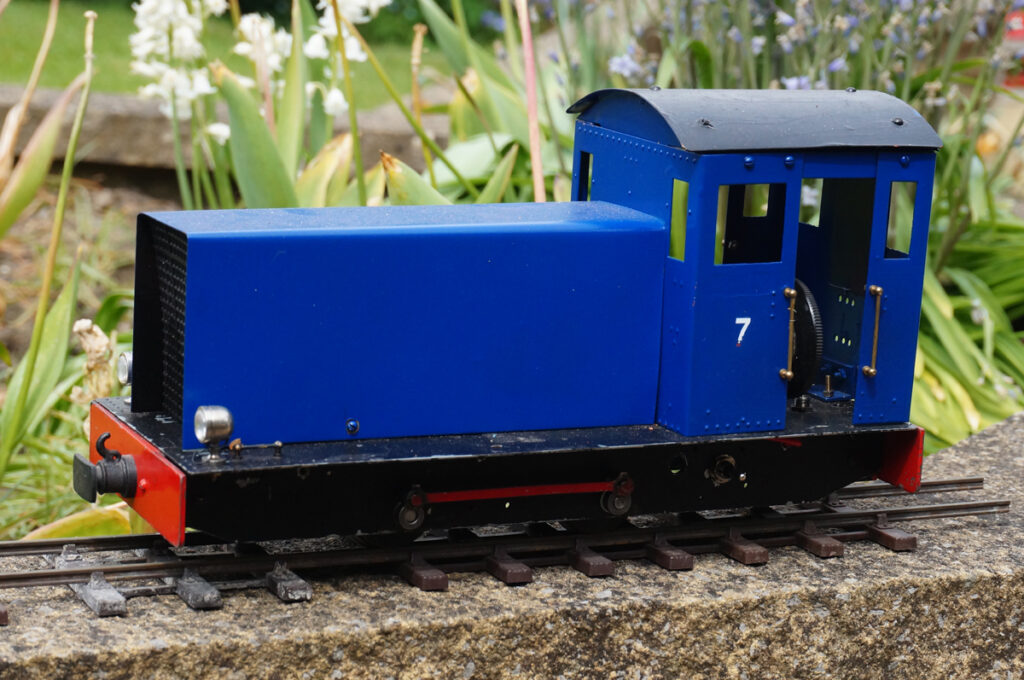
Ludwig
A virtually standard Roundhouse Billy, bought secondhand in 2001. Ludwig was converted to R/C, and was soon converted (bodged) back to manual control.
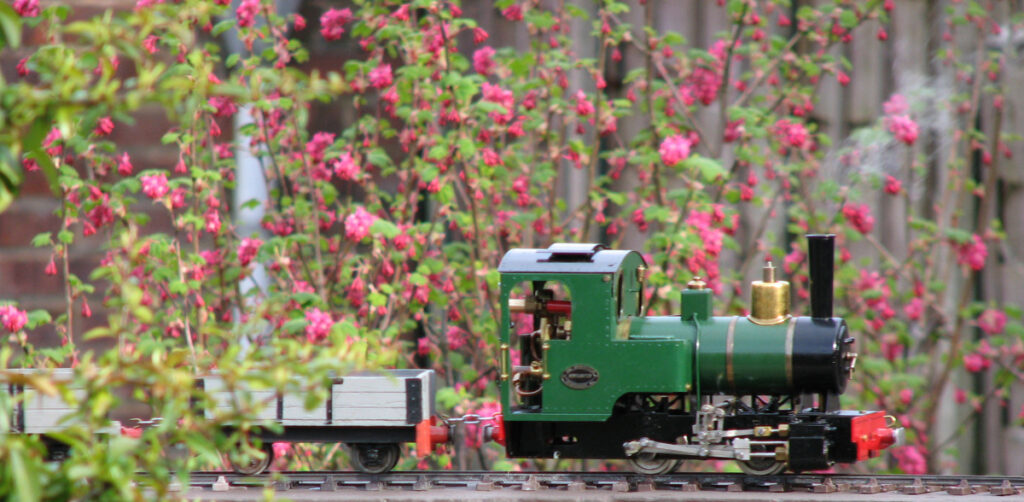
Buddy
The old WRL was very, very short, which means that a well set-up loco can lap very quickly indeed. However, the sharp corners (curve is not the right word) and uneven track meant that locos had to be run with sufficient regulator to avoid stalling. The answer was to either make the circuit bigger, or slow the locos down.
Boiler and cylinders are from Roundhouse. A gear train transferred the drive to the wheels with a 2.1:1 (or thereabouts) ratio. Another gear train drove a shaft that drove the valves, the drive to this shaft being via a stop-collar, giving the same effect as a slip-eccentric gear. Buddy was a slow loco, but very powerful and sure-footed. Entered traffic finally in 2003 after a long gestation.
After many years of use on the WRL the loco was transferred to the OBR (following the closure of the WRL), and it was then found to be too slow. Some of the gearing has been replaced with chains, and it’s been converted to a well-tank engine, losing the tender.
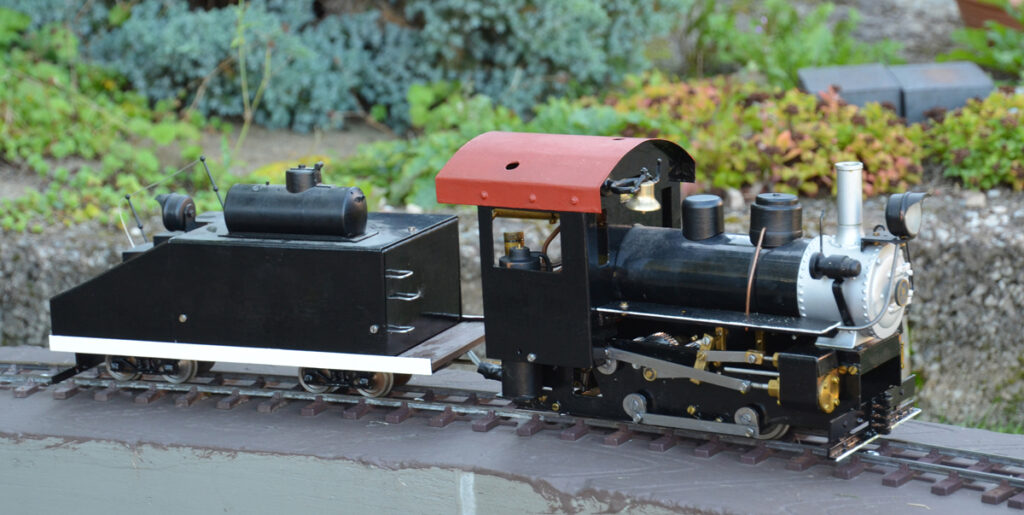
Monty
Loco. No. 10 was acquired in 2002, as a tram loco. A meths-fired pot boiler, with one double-acting cylinder, and worm drive. It has never run satisfactorily, and has not been seen in action for many years – a long term project, behind many others…
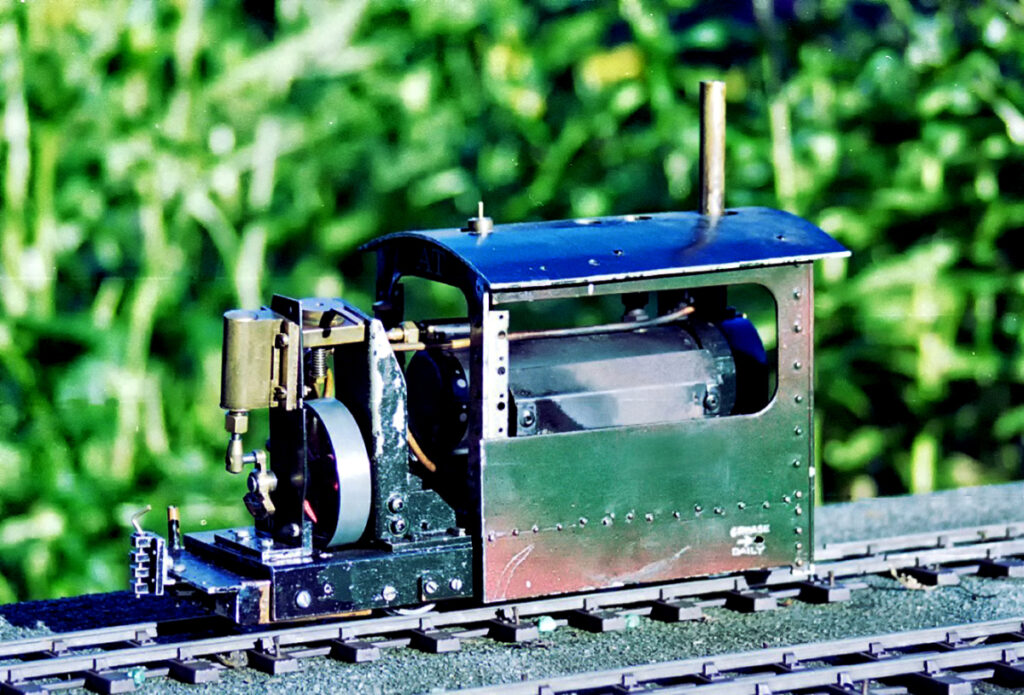
Arthur
Yet another geared loco, this is a Barry Milner original. Single double-acting oscillator in the smokebox. It is called ‘Arthur’ because it’s half an engine, on account of it only having forward gear. A relaxing engine to run, at home pulling the WRL’s extensive (8) rake of skip waggons. Entered traffic on the WRL in 2004.
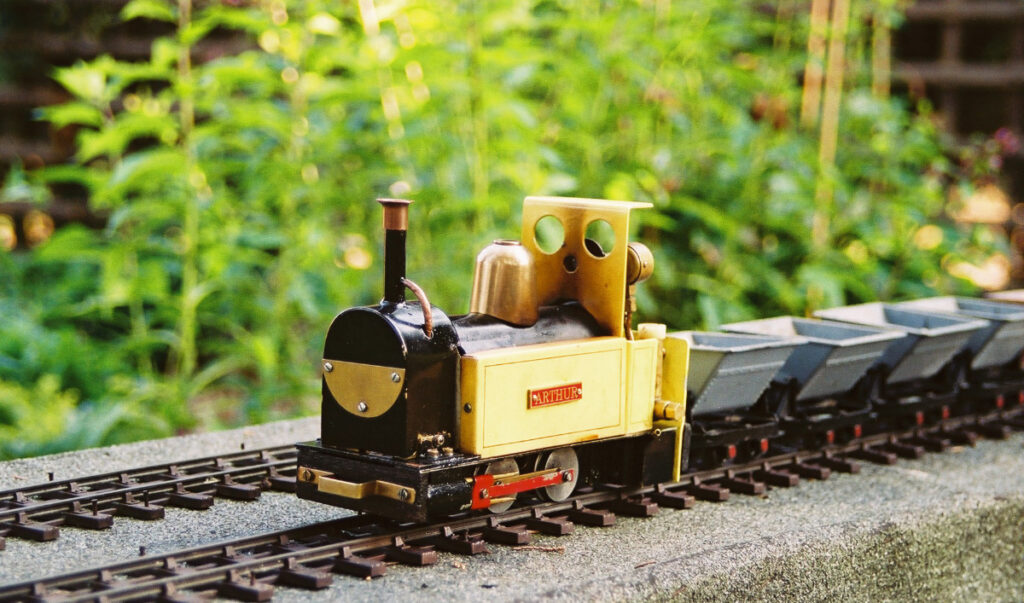
Lady Dorothy
Repatriated in 2005 from the USA, Lady Dorothy is an early Roundhouse ‘Pooter’ dating back to 1984 (the loco is pictured in the Feb 1985 SMT). This engine is probably the easiest to run I’ve ever seen – fill it with water and meths, light the blue touchpaper, and off she goes, with no fuss or bother at all.
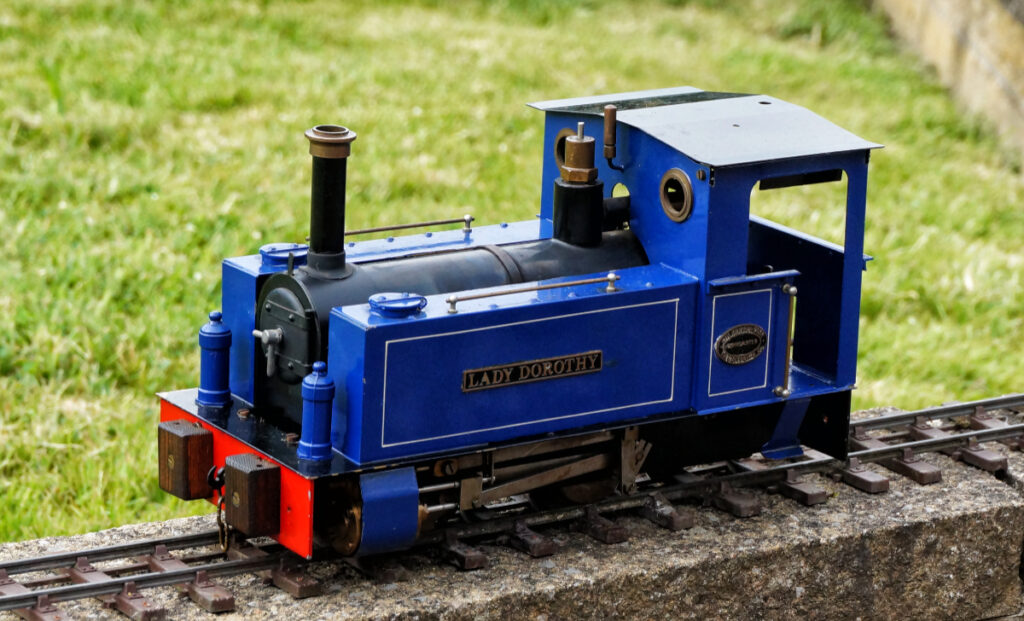
Ackroyd
Non-steam engines, being somewhat of a lesser breed, are not usually named on the OBR, but this engine is named after the inventor* of the compression-ignition engine. Ackroyd started life when the contents of the spares box revealed some wheels, axles and cranks, together with a very nice slow-running electric motor. 12v lead-acid powered, as is standard on the OBR.
- * The engine known to some as the ‘Diesel’ was invented and patented (in 1890) by Herbert Ackroyd Stuart.
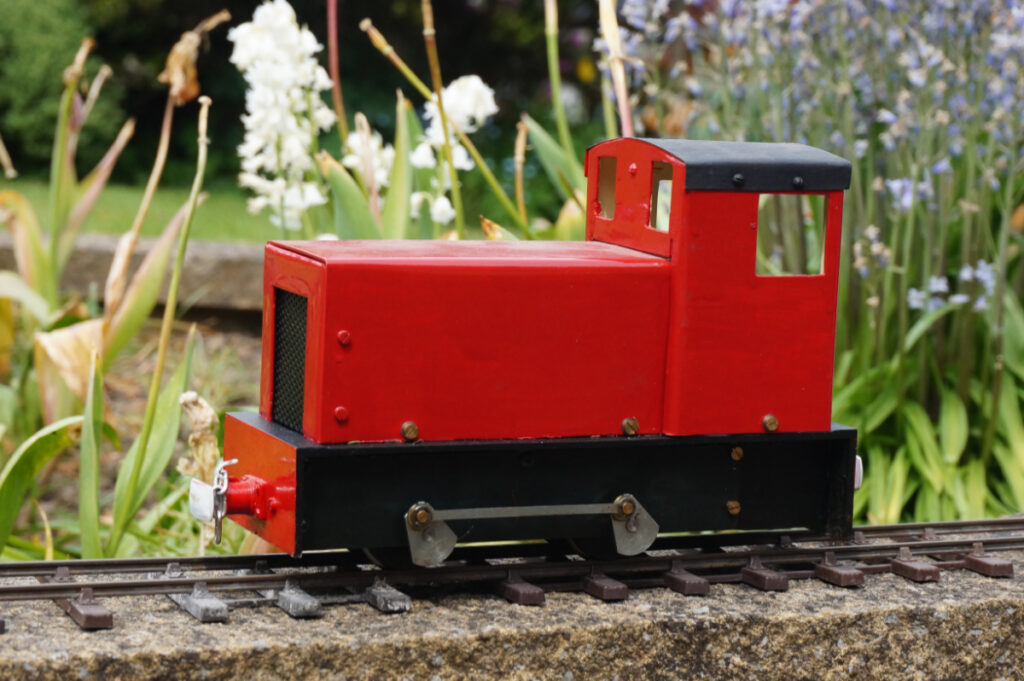
Sulphur
‘Sulphur’ is almost ready for traffic – its first (very successful) run in an unfinished state was in late 2021, and it is expected to enter traffic in 2022. Something of a bitzer, comprising of bits left over from other projects, Sulphur has a Roundhouse boiler and a steam-motor of unknown provenance.
